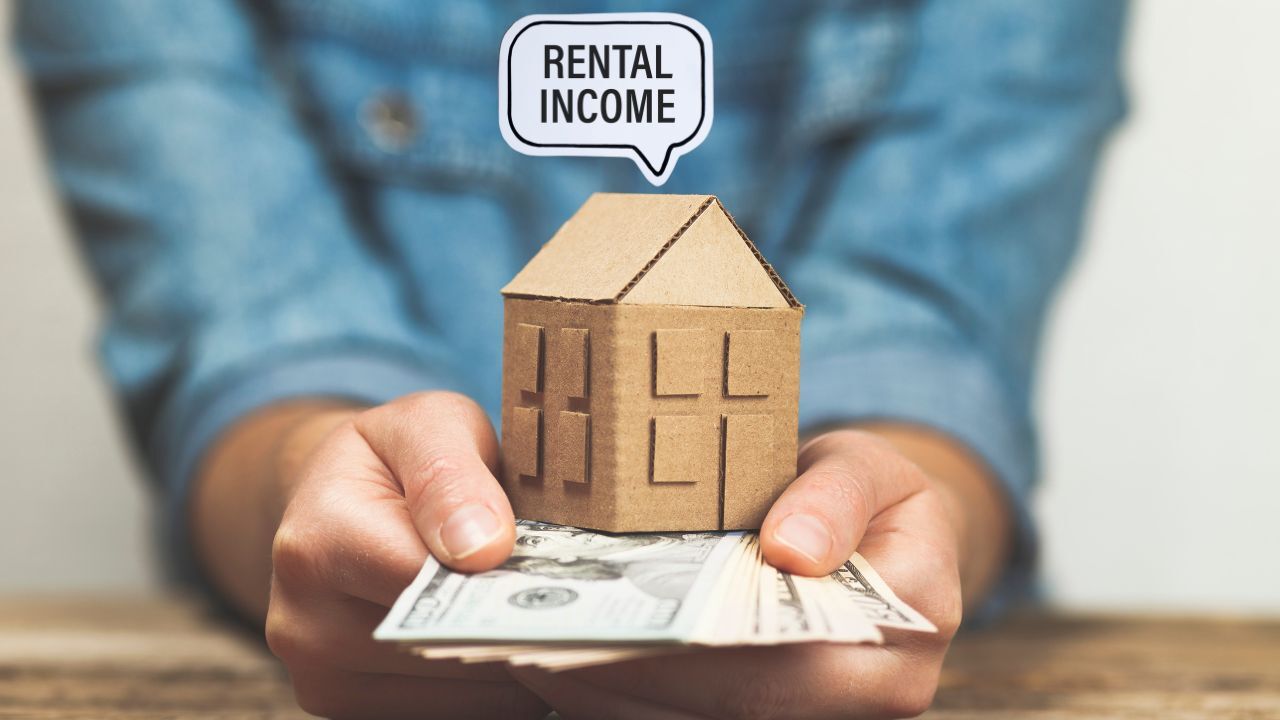by Yael Ishakis on May 9, 2025
 Securing a mortgage can be challenging for self-employed borrowers, especially those with irregular income. Traditional lenders typically rely on W-2s and steady paychecks to assess financial stability, which can make qualifying more complex for business owners, freelancers, and gig workers. However, several mortgage options cater specifically to self-employed individuals, allowing them to secure financing based on alternative income verification methods.
Securing a mortgage can be challenging for self-employed borrowers, especially those with irregular income. Traditional lenders typically rely on W-2s and steady paychecks to assess financial stability, which can make qualifying more complex for business owners, freelancers, and gig workers. However, several mortgage options cater specifically to self-employed individuals, allowing them to secure financing based on alternative income verification methods.
Challenges for Self-Employed Borrowers
Lenders evaluate mortgage applicants based on income consistency, tax returns, and debt-to-income (DTI) ratio. Self-employed borrowers often face hurdles such as:
- Fluctuating income that makes it harder to demonstrate financial stability
- Tax deductions that reduce taxable income, making it appear lower than actual earnings
- Limited W-2 documentation, requiring extensive financial paperwork
Mortgage Options for Self-Employed Borrowers
- Bank Statement Loans
Instead of tax returns, lenders assess income based on 12 to 24 months of bank statements. This is ideal for borrowers who maximize tax deductions but maintain strong cash flow.
- Profit and Loss (P&L) Statement Loans
Some lenders allow a CPA-prepared profit and loss statement to verify income instead of tax returns. This works well for borrowers with significant write-offs.
- Debt Service Coverage Ratio (DSCR) Loans
For real estate investors, DSCR loans focus on a property’s income rather than the borrower’s personal income. This allows investors to qualify based on rental cash flow.
- No-Doc and Stated Income Loans
Certain lenders offer no-documentation or stated-income loans, though they often come with higher interest rates and larger down payment requirements.
- Traditional Loans with Adjusted Documentation
Self-employed borrowers may still qualify for conventional or government-backed loans (FHA, VA, USDA) by providing two years of tax returns, business financials, and additional documentation.
Improving Mortgage Eligibility
- Maintain strong credit, as a higher credit score can help offset income variability
- Show consistent deposits in bank statements to strengthen income verification
- Lower the debt-to-income ratio by paying down existing debts
- Work with lenders who specialize in self-employed borrowers and alternative income verification
While self-employed borrowers may face extra hurdles, there are plenty of mortgage options designed to accommodate irregular income. By understanding these loan programs and preparing documentation strategically, self-employed individuals can successfully secure home financing.
by Yael Ishakis on May 8, 2025
 For real estate investors and homeowners looking to purchase additional properties, rental income can play a crucial role in mortgage qualification. Lenders often consider this income when assessing a borrower’s ability to repay a loan, but the way it is calculated and applied varies based on different loan programs and underwriting guidelines. Understanding how rental income factors into mortgage approval can help buyers maximize their borrowing potential and secure favorable financing terms.
For real estate investors and homeowners looking to purchase additional properties, rental income can play a crucial role in mortgage qualification. Lenders often consider this income when assessing a borrower’s ability to repay a loan, but the way it is calculated and applied varies based on different loan programs and underwriting guidelines. Understanding how rental income factors into mortgage approval can help buyers maximize their borrowing potential and secure favorable financing terms.
How Lenders Assess Rental Income
Lenders typically evaluate rental income based on documentation such as lease agreements, tax returns, and property appraisals. The amount of income they recognize depends on the property’s occupancy status:
- Existing rental properties: If a borrower owns rental properties, lenders usually require two years of tax returns (Schedule E from IRS Form 1040) to determine average rental income. Depreciation and other expenses are typically added back to calculate the borrower’s effective income.
- New rental properties: If a borrower is purchasing an investment property or converting a current home into a rental, lenders may allow a portion of the projected rental income to offset the mortgage payment. This is often determined through a rent schedule (Fannie Mae Form 1007 or Freddie Mac Form 1000).
Rental Income and Debt-to-Income (DTI) Ratio
Debt-to-income ratio (DTI) is a key metric lenders use to assess affordability. Rental income helps lower a borrower’s DTI by either increasing total income or offsetting the mortgage payment. However, lenders typically apply a vacancy factor—usually 25%—to account for potential rental gaps, meaning they may only consider 75% of the rental income.
For example, if a property generates $2,000 in monthly rent, the lender may only count $1,500 toward the borrower’s income. This adjustment ensures that a borrower can manage expenses even during vacancies.
Loan Program Considerations
Different loan programs have varying requirements for rental income qualification:
- Conventional Loans: Fannie Mae and Freddie Mac allow rental income from leased properties and projected rental income with proper documentation.
- FHA Loans: The Federal Housing Administration permits rental income to qualify if the borrower has at least a two-year history of managing rental properties.
- VA Loans: The Department of Veterans Affairs allows rental income on multi-unit homes if the borrower occupies one of the units.
- DSCR Loans: Debt Service Coverage Ratio (DSCR) loans focus primarily on a property’s income rather than the borrower’s personal finances, making them a great option for investors.
Maximizing Rental Income for Mortgage Qualification
To improve mortgage eligibility using rental income, borrowers should:
- Keep detailed financial records, including lease agreements and tax returns.
- Ensure rental properties are well-maintained and occupied.
- Work with lenders who understand investment property financing.
- Consider loan programs that best fit their investment goals.
Rental income can be a powerful tool in mortgage qualification, but lenders apply specific guidelines to ensure financial stability. Understanding how it factors into loan approval can help borrowers make informed decisions and optimize their financing options.
 Securing a mortgage can be challenging for self-employed borrowers, especially those with irregular income. Traditional lenders typically rely on W-2s and steady paychecks to assess financial stability, which can make qualifying more complex for business owners, freelancers, and gig workers. However, several mortgage options cater specifically to self-employed individuals, allowing them to secure financing based on alternative income verification methods.
Securing a mortgage can be challenging for self-employed borrowers, especially those with irregular income. Traditional lenders typically rely on W-2s and steady paychecks to assess financial stability, which can make qualifying more complex for business owners, freelancers, and gig workers. However, several mortgage options cater specifically to self-employed individuals, allowing them to secure financing based on alternative income verification methods.

 For real estate investors and homeowners looking to purchase additional properties, rental income can play a crucial role in mortgage qualification. Lenders often consider this income when assessing a borrower’s ability to repay a loan, but the way it is calculated and applied varies based on different loan programs and underwriting guidelines. Understanding how rental income factors into mortgage approval can help buyers maximize their borrowing potential and secure favorable financing terms.
For real estate investors and homeowners looking to purchase additional properties, rental income can play a crucial role in mortgage qualification. Lenders often consider this income when assessing a borrower’s ability to repay a loan, but the way it is calculated and applied varies based on different loan programs and underwriting guidelines. Understanding how rental income factors into mortgage approval can help buyers maximize their borrowing potential and secure favorable financing terms.
